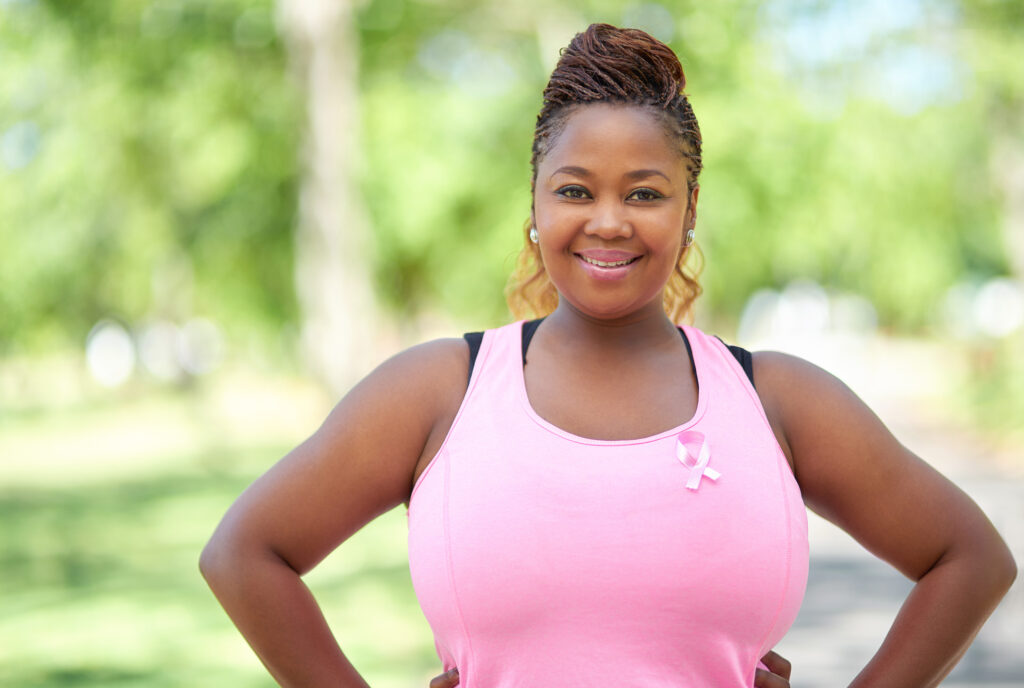
How many times a day do you think about your bones? How many times a week or month or year? For most women, the answer is never.
The sad truth is that women don’t think about their bones until something terrible happens—we fall and break a hip or an outstretched arm, we complain to our doctor about sudden back pain that turns out to be a spinal fracture. By the time our bones force us to pay attention, we’re often
already headed straight for a cast or a brace.
“If you fracture, you're going to fracture again,” explains Dr. Keith Crawford, Director of Clinical Trials and Patient Education at the Prostate Health Education Network. “Regardless of your bone mineral density, after your first fracture, you're five times more likely to experience
another.”
And breast cancer survivors are even more likely to suffer broken bones. Numerous studies, including the Women’s Health Initiative Observational Study (WHI-OS), have determined that breast cancer survivors are at increased risk for osteoporosis and bone fractures (NIH, British Journal of Cancer).
Black breasties need to start thinking about their bones long before they can feel them. Here’s what breasties need to know about breast cancer and bone health:
How can breast cancer treatment harm your bones?
Bones aren’t static—they are living tissue that changes over time. Most people picture their bones as completely solid, but the inside of healthy bones actually resembles a dense honeycomb that is constantly being broken down and built back up.
For women, estrogen protects your bones by keeping that honeycomb thick and strong. Typically, women’s estrogen levels drop at menopause, which triggers later-in-life bone loss. But that timeline is skewed for breasties. Breast cancer treatments—chemotherapy, aromatase inhibitors, tamoxifen, ovarian surgery, etc.—mess with your hormones and can deplete your body’s estrogen earlier than normal. In fact, breast cancer treatments often send women into early menopause, causing bone loss to begin sooner than expected.
Doctors have different terms for exactly how weak your bones are—osteopenia and, more severely, osteoporosis. Osteoporosis is when the dense honeycomb structure inside your bones becomes very thin, brittle, and easy to break.
Because breast cancer treatments weaken your bones and increase your chances of developing osteoporosis, it's critical that breasties understand what's going on with their bones and get scanned as part of their regular cancer workups.
Testing your bone density
Because you can’t feel or see your bones until there’s a problem, it’s important to check in on your bone health by asking your doctor about a bone density test.
The most common (and easiest!) bone density test is the DEXA (dual energy x-ray absorptiometry) test, which measures the mineral density of your hip and spine. According to TOUCH founder and CEO Ricki Fairley, “[The DEXA scan] was really a piece of cake. It was easier than an x-ray; it was faster than an x-ray. You didn't have to do anything and mine took ten minutes. It was no big deal at all.”
Your scan will take place at a hospital facility, but don’t worry—it’s not invasive and doesn’t hurt at all. You’ll be asked to lay still for 10-15 minutes. During that time, the device will move back and forth over your lower body and take images of your bones. While you will be exposed to a small amount of radiation, it’s the same amount of radiation as taking a flight across the US or 1/10th of the radiation in a chest x-ray (Applied Radiation and Isotopes).
Some DEXA centers, like the Bone Density Center at Mass General, advise patients to avoid taking multivitamins, calcium supplements, and antacids for a full day leading up to your scheduled scan. But other than that, you don’t need to prepare in any way for your scan.
Understanding your scan results
After your scan, it should take less than a week for your bone density report to make it to your doctor, who will go through the report with you and help you to determine next steps in your bone health plan. Your bone density report will include both a T-score and a Z-score.
The T-score tells you how your bone density compares to that of the average 30 year old woman. Any score above a -1 is normal. A score of -1 to -2.5 means you have low bone density, or osteopenia. Osteoporosis is a T-score of less than -2.5. Dr. Crawford warns that for every one point on the T-score, your fracture risk doubles.
Rather than comparing your bones to those of young women, the Z-score will compare your bone density to the average density of women your age.
Protect your bones
Even if your T-score and Z-score come back in the osteopenia or osteoporosis range, there are still things you can do to keep your bones as healthy as possible.
“We can't reverse [bone loss], but we can slow it down,” Dr. Crawford advises. “There are drugs that play a role at the cellular level. One is Xgeva, which interferes with the cellular breakdown of bone. So if you're thinking about some additional therapies to help slow bone loss, Xgeva is
an excellent one that you should talk to your doctor about.”
Love your bones!
In addition to getting tested and early intervention with medications, you need to take care of your bones in your daily life! You can prioritize resistance exercises that get your heart pumping, make sure you are getting enough Vitamin D and calcium through your diet and supplements, stick to no more than 1.5 alcoholic drinks a night, and quit smoking.
If you want to know more about bone density tests or how you can love your bones, reach out to us at [email protected] or 443-758-1924.









